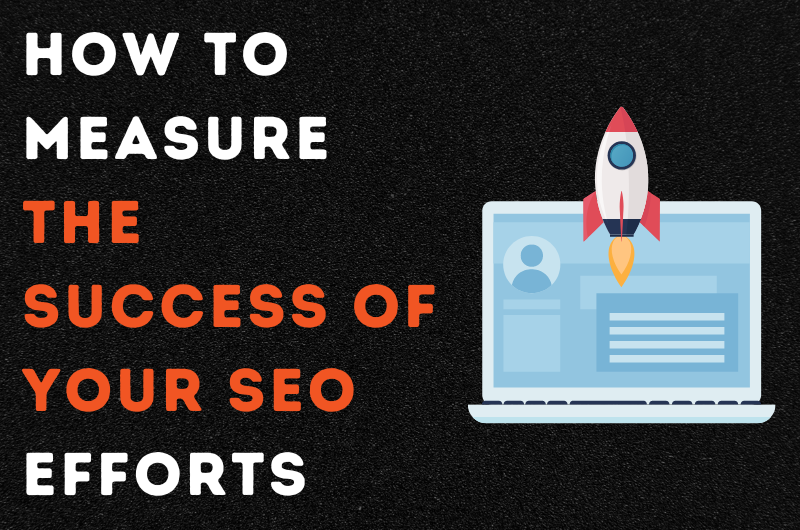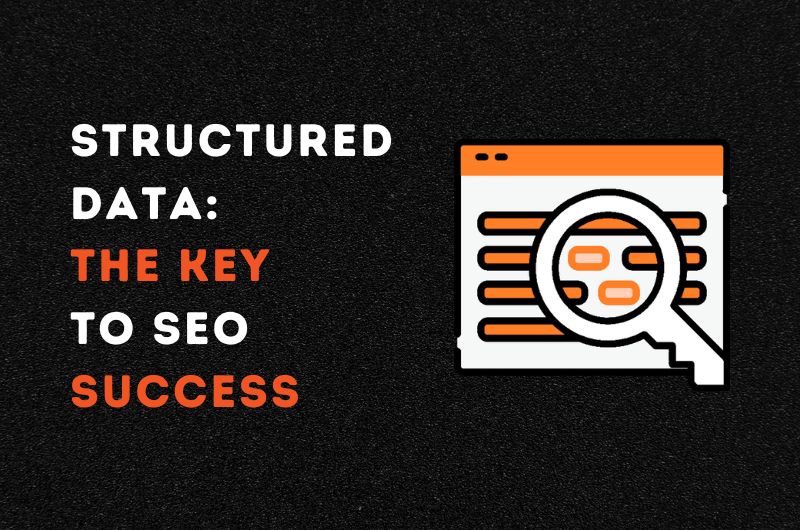How to Measure the Success of Your SEO Efforts: A Comprehensive Guide
Search engine optimization (SEO) is a critical component of any digital marketing strategy. It helps businesses increase their visibility and attract more organic traffic to their website. But how do you know if your SEO efforts are paying off? How can you measure the success of your SEO strategy? In this article, we will explore […]
How to Measure the Success of Your SEO Efforts: A Comprehensive Guide Read More »

